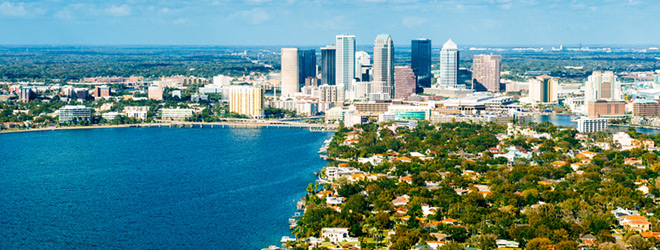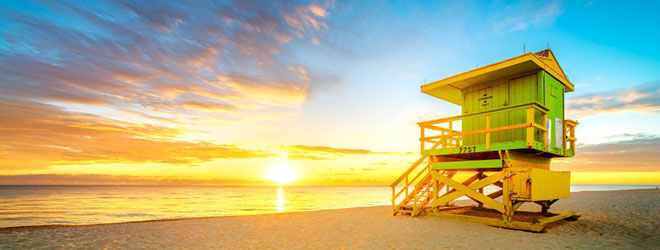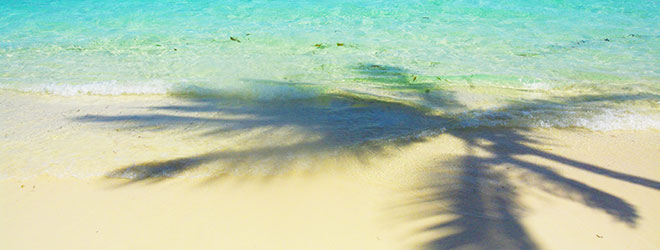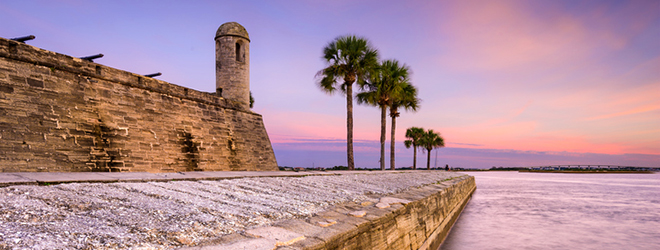Lava spewing into the sky. Residents fleeing their homes. Scenes from the May 3 eruption of the Kilauea volcano on the Big Island of Hawaii have been harrowing, and don't exactly inspire fantasies of a dreamy island vacation. So should travelers planning a trip to the Aloha State reconsider?
No, according to the Hawaii Tourism Authority. Only a remote part of the eastern side of Big Island is affected by the recent flow of lava, officials said in a press release dated May 5.
 Lava flows neat the Kilauea volcano in this undated stock photo.
Lava flows neat the Kilauea volcano in this undated stock photo.The Kilauea volcano has been erupting continuously since 1983, but new activity has caused the creation of fissure vents near the Leilani Estates subdivision, where dozens of homes have been destroyed by molten rock.
"No flights into airports anywhere in Hawaii are being impacted by Kilauea volcano and the area where the lava is coming to the surface is very far from resort areas throughout the Hawaiian Islands where visitor accommodations are located," said George D. Szigeti, president and CEO of the Hawaii Tourism Authority. "Travelers can enjoy their vacation experience in the Hawaiian Islands to the fullest, with the only word of caution being that they stay out of areas closed to the public for their own safety."
Hawaii Governor David Ige said the state is allocating all of the resources needed to keep residents safe in the rural areas hit hardest by the volcano eruption, but that the vast majority of Hawaii is not affected. "We have heard from people around the world concerned about Hawaii's welfare and want to reassure everyone that this is limited to a remote region on the slopes of Kilauea volcano."
Two of the Big Island's most popular tourist areas, Kona and the Kohala Coast, have suffered no effects, as both are more than 100 miles away from the lava flow.
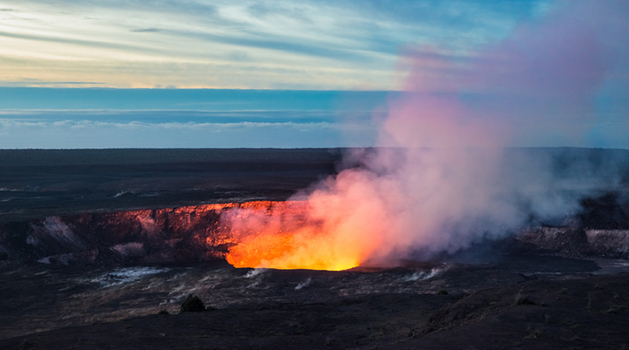 Hawaii Volcanoes National Park.
Hawaii Volcanoes National Park.Hawaii Volcanoes National Park reopened with limited access on Sunday, May 6, according to Hawaii News Now.
Have questions or concerns about an upcoming Hawaii trip? Contact the Hawaii Tourism United States Call Center at 1-800-GOHAWAII (1-800-464-2924).
For the latest updates on volcanic activity on the Big Island, see the Hawaii County Civil Defense and the Hawaiian Volcano Observatory.
